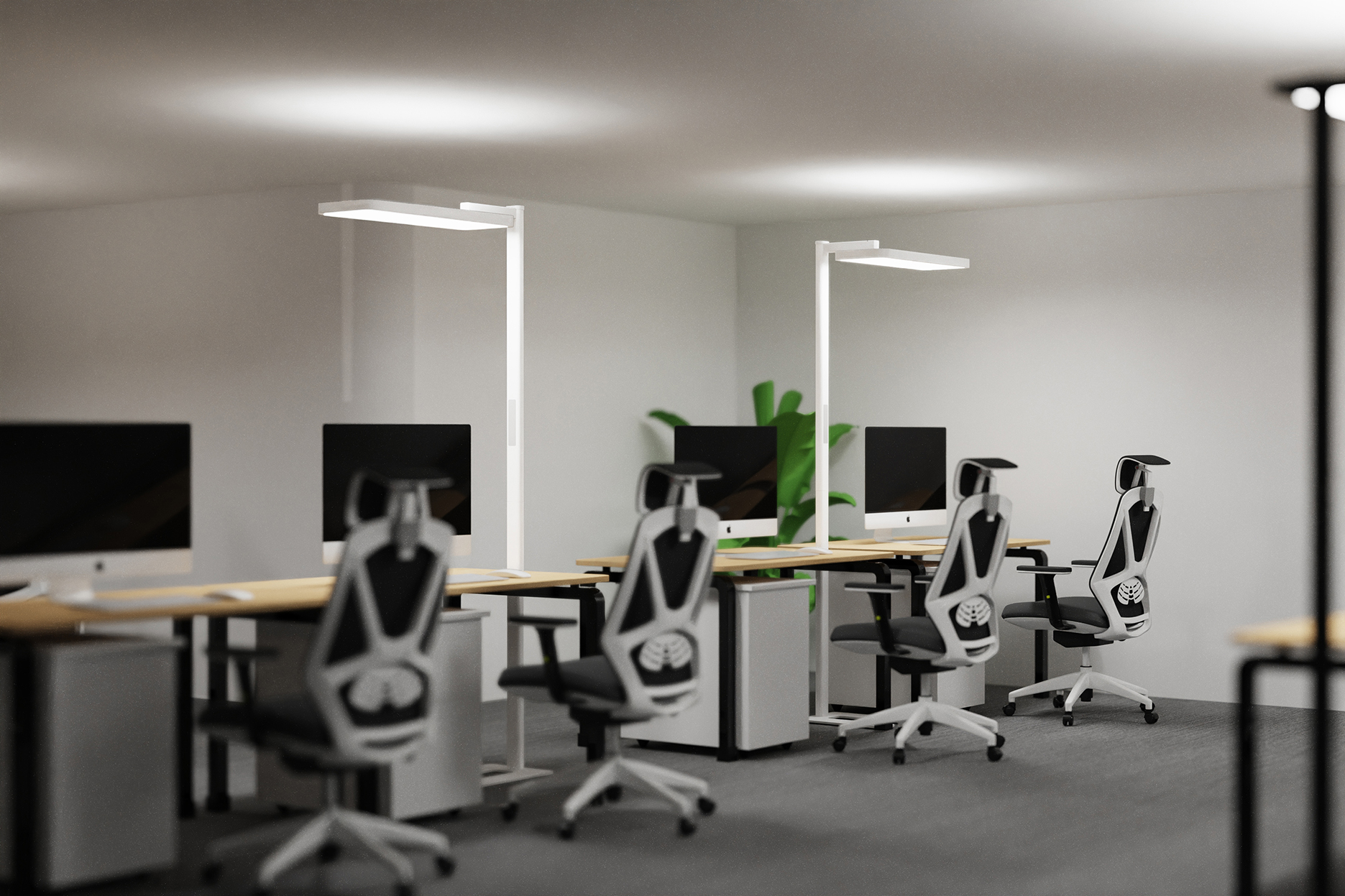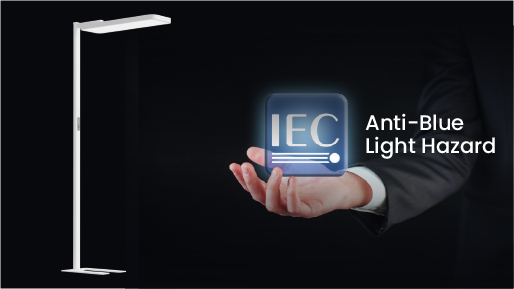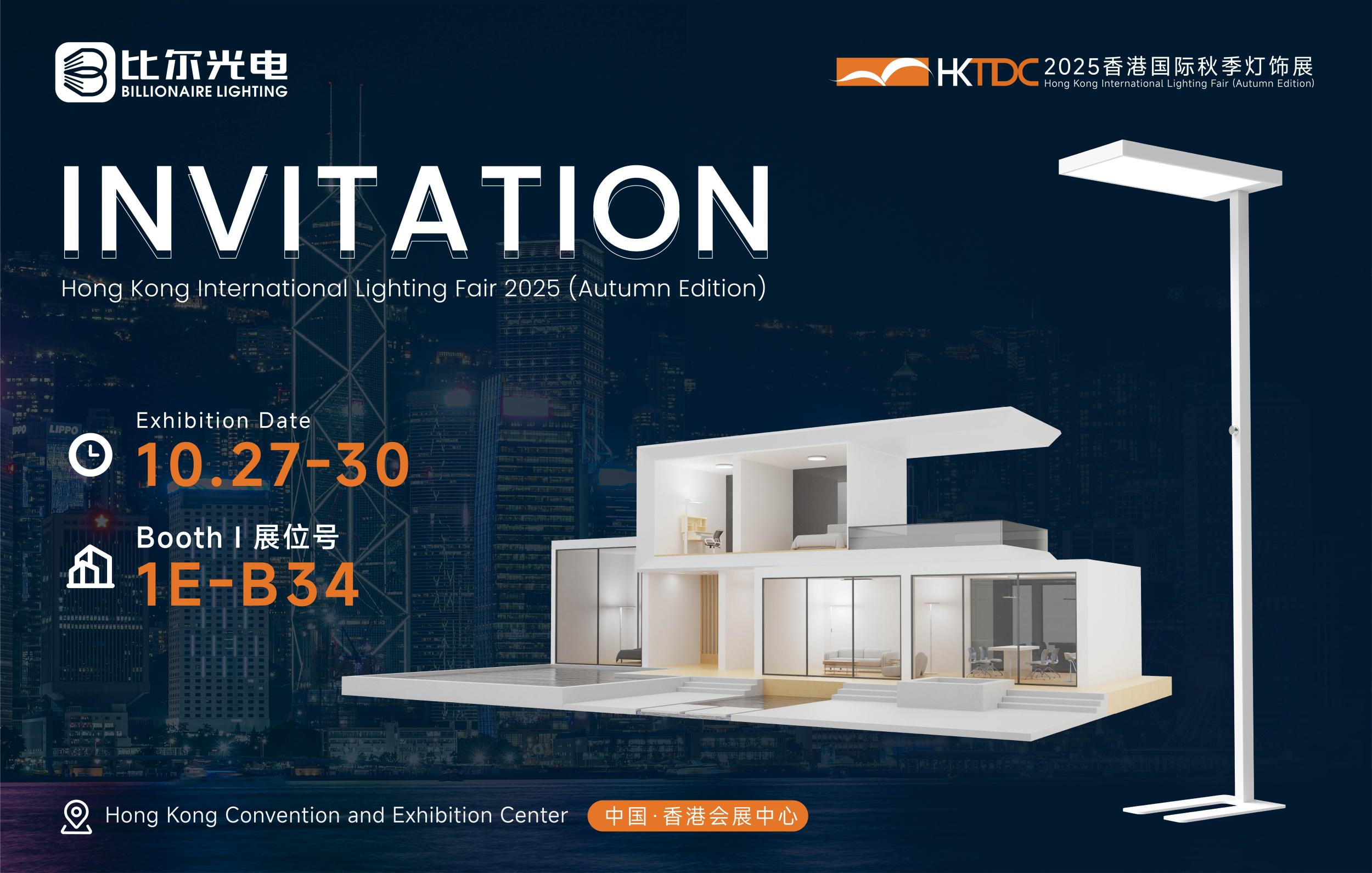In the modern era, where an increasing number of people are working from home, the significance of a well-designed home office cannot be overstated. Among the essential elements that contribute to a productive and comfortable workspace, overhead lighting plays a pivotal role. It not only provides the necessary illumination for tasks but also impacts the overall ambiance and mood of the room. This in-depth exploration will dissect the various aspects of overhead lighting for home offices, from understanding the different types and technologies available to learning about installation, maintenance, and how to optimize it for maximum productivity.
Types of Overhead Lighting
There is a diverse range of overhead lighting options suitable for home offices. One of the most common is the fluorescent fixture. Fluorescent lights have been a staple in office settings for decades due to their energy efficiency and high lumen output. They emit a relatively cool, white light that is excellent for tasks requiring visual acuity, such as reading, writing, and data analysis. T5 and T8 fluorescent tubes are popular choices, with T8 being more widely used in traditional office setups. The linear design of fluorescent fixtures allows for wide coverage, ensuring that the entire desk area and a significant portion of the room are well-lit. However, they do have some drawbacks. The flicker and hum associated with older fluorescent lights can cause eye strain and headaches, although modern electronic ballasts have mitigated these issues to a large extent.
LED (Light Emitting Diode) overhead lighting has rapidly gained popularity. LEDs offer numerous advantages. Firstly, they are extremely energy-efficient, consuming far less power than fluorescent or incandescent bulbs while providing bright and consistent illumination. They come in a variety of color temperatures, allowing you to choose between a warm, cozy light (around 2700K - 3000K) for a more relaxing atmosphere during breaks or a cool, white light (5000K - 6500K) ideal for intense work periods. The lifespan of LEDs is also remarkably long, often lasting tens of thousands of hours, reducing the need for frequent bulb replacements. Some LED fixtures are designed as panels, which provide a uniform and diffused light, eliminating harsh shadows. Others come in the form of recessed downlights, which can be strategically placed to highlight specific areas of the office, such as a filing cabinet or a display shelf.
Incandescent overhead lights, while less common nowadays due to their inefficiency, still have a place in certain home office aesthetics. They emit a warm, yellowish glow that can create a cozy and inviting atmosphere, similar to a traditional study. However, their high energy consumption and relatively short lifespan make them a less practical choice for long hours of work. Halogen lights are a variation of incandescent bulbs and offer a slightly whiter light and better energy efficiency, but they still fall short compared to LEDs.
Lighting Technology and Features
Modern overhead lighting technologies bring a host of features that enhance the functionality of home office lighting. Dimming capabilities are a crucial aspect. A dimmable fixture allows you to adjust the light intensity according to your needs. During a video conference call, you might want to reduce the brightness to avoid glare on the screen while still having enough light to be visible. When working on detailed tasks, you can crank up the light to its maximum for optimal clarity. Many LED fixtures come with built-in dimmers, and some even have touch-sensitive controls or can be controlled remotely via smartphone apps, integrating with smart home systems.
Color temperature adjustment is another significant feature. As mentioned earlier, being able to switch between warm and cool light temperatures depending on the time of day or the nature of your work can have a profound impact on your productivity and well-being. Some advanced LED fixtures offer a continuous color temperature adjustment range, allowing you to fine-tune the light to your exact preferences.
The design of the light fixture also incorporates features to improve light distribution. Reflectors and diffusers are commonly used. Reflectors redirect the light to specific areas, increasing the efficiency of illumination. Diffusers, on the other hand, break up the light and spread it evenly, preventing harsh spots and shadows. For example, a well-designed LED panel with a diffuser can create a soft, even glow across the entire home office, making it comfortable to work in for long periods.
Installation and Placement Considerations
Proper installation and placement of overhead lighting are essential for achieving optimal results. When installing fluorescent or LED fixtures, it's crucial to follow the manufacturer's instructions carefully. This includes ensuring the correct wiring and electrical connections, as improper installation can lead to safety hazards. In the case of recessed downlights, the cutouts in the ceiling need to be made precisely to fit the fixtures snugly.
Placement of the lights relative to the workspace is equally important. For a standard home office desk setup, the lights should be centered over the desk to provide uniform illumination. The height at which they are installed also matters. Generally, a height of around 2.5 to 3 meters above the floor is recommended for most overhead lighting fixtures to avoid glare and ensure even light distribution. If you have a large home office with multiple work areas or different zones, such as a reading nook or a storage area, you may need to install additional fixtures or use adjustable lights to cater to each zone's specific needs.
Impact on Productivity and Well-being
The right overhead lighting can have a profound impact on both productivity and well-being. Adequate illumination reduces eye strain, which is a common complaint among office workers. When your eyes are comfortable, you can focus better on your work, leading to fewer errors and increased efficiency. A well-lit environment also helps to boost your mood and motivation. Cool, white light during work hours can make you feel more alert and engaged, while warm light during breaks can help you relax and recharge.
Studies have shown that exposure to natural light patterns, which can be replicated to some extent by adjustable color temperature overhead lighting, helps regulate our circadian rhythms. This means that having the option to switch to a warmer light in the evening can signal to your body that it's time to wind down, improving your sleep quality and overall well-being.
Maintenance and Longevity
Maintenance of overhead lighting in a home office is relatively straightforward. For fluorescent lights, periodically checking the tubes for signs of wear or darkening and replacing them when necessary is important. The ballasts also need to be inspected for any malfunctions. LED fixtures, with their long lifespan, require less frequent maintenance. However, it's still a good idea to clean the fixtures regularly to remove dust and dirt that can accumulate and reduce light output. If you notice any flickering or dimming of the LEDs over time, it may be an indication that the driver or the LEDs themselves need to be replaced. Ensuring the electrical connections are tight and secure is also crucial for safety and proper functioning.
Budget and Cost Considerations
When choosing overhead lighting for your home office, budget is an important factor. Fluorescent fixtures are generally more affordable upfront, but they may have higher long-term costs due to the need for more frequent bulb replacements and potential energy inefficiency compared to LEDs. LED fixtures tend to have a higher initial cost, but their energy savings and long lifespan often make them a more cost-effective option in the long run. Incandescent and halogen lights are the least cost-effective due to their high energy consumption.
It's also important to consider any additional costs such as installation fees if you require professional help. Some smart LED fixtures may come with a higher price tag due to their advanced features, but they can offer convenience and enhanced functionality that may justify the cost.
Conclusion
Overhead lighting for a home office is far more than just a source of illumination; it's a critical component in creating a productive, comfortable, and inviting workspace. By understanding the different types of lighting, their technologies, installation and placement considerations, and the impact on productivity and well-being, you can make an informed decision when selecting and implementing overhead lighting in your home office. Whether you opt for the energy-efficient LED panels, the traditional fluorescent fixtures, or a combination of both, the goal is to ensure that your workspace is lit in a way that enables you to perform at your best, day in and day out. With the right overhead lighting, you can transform your home office into a haven of productivity and creativity, making every workday a more enjoyable and successful experience.



